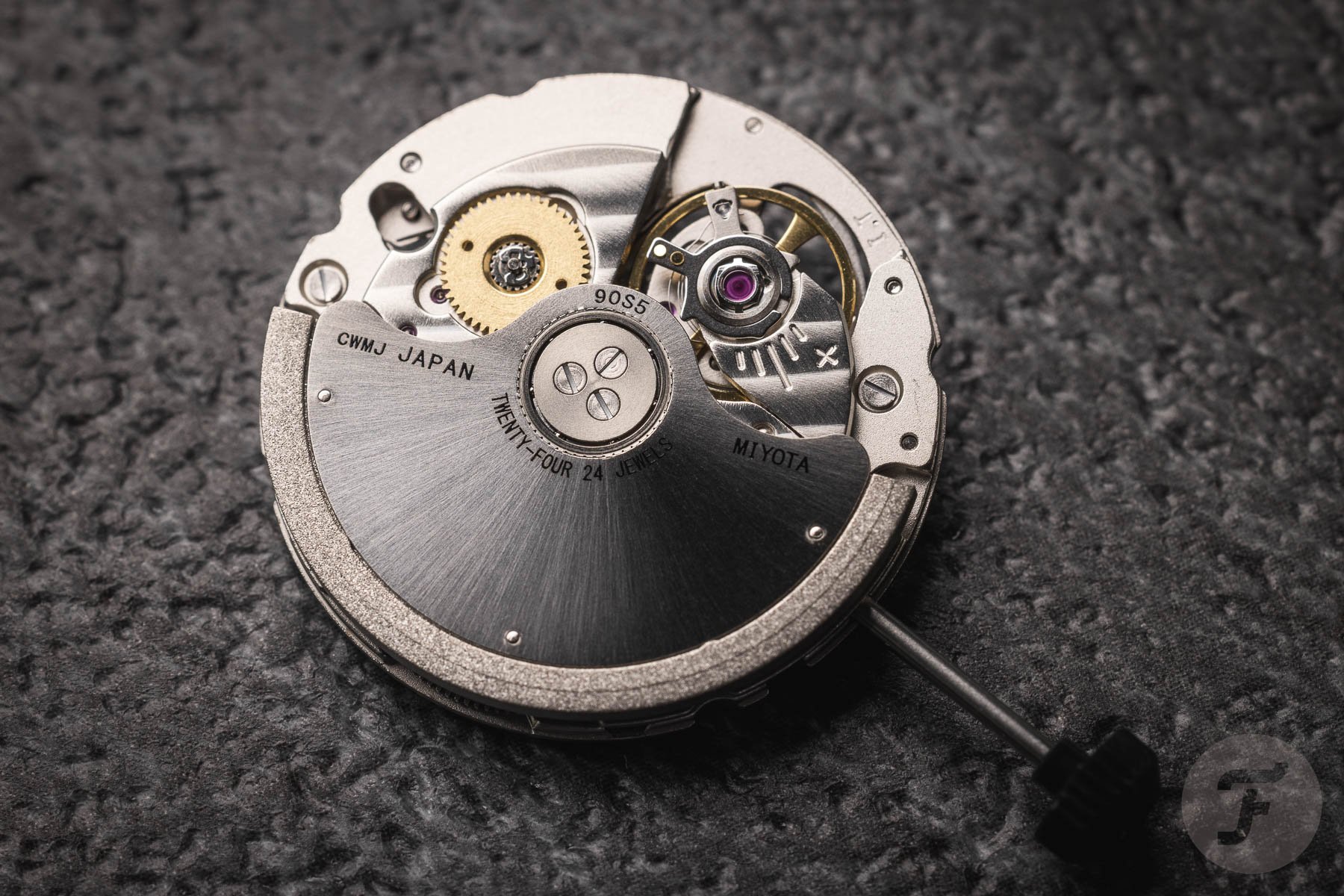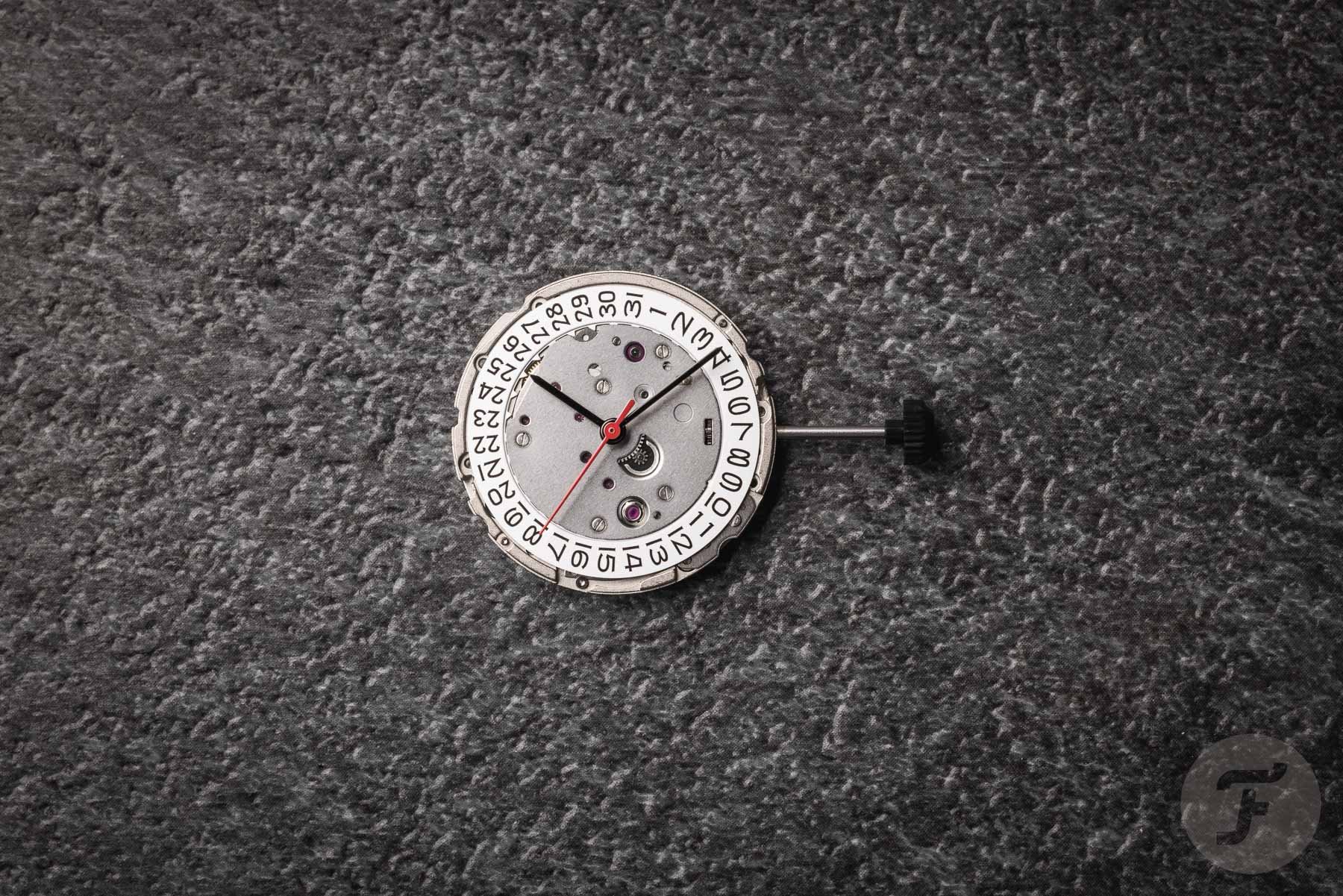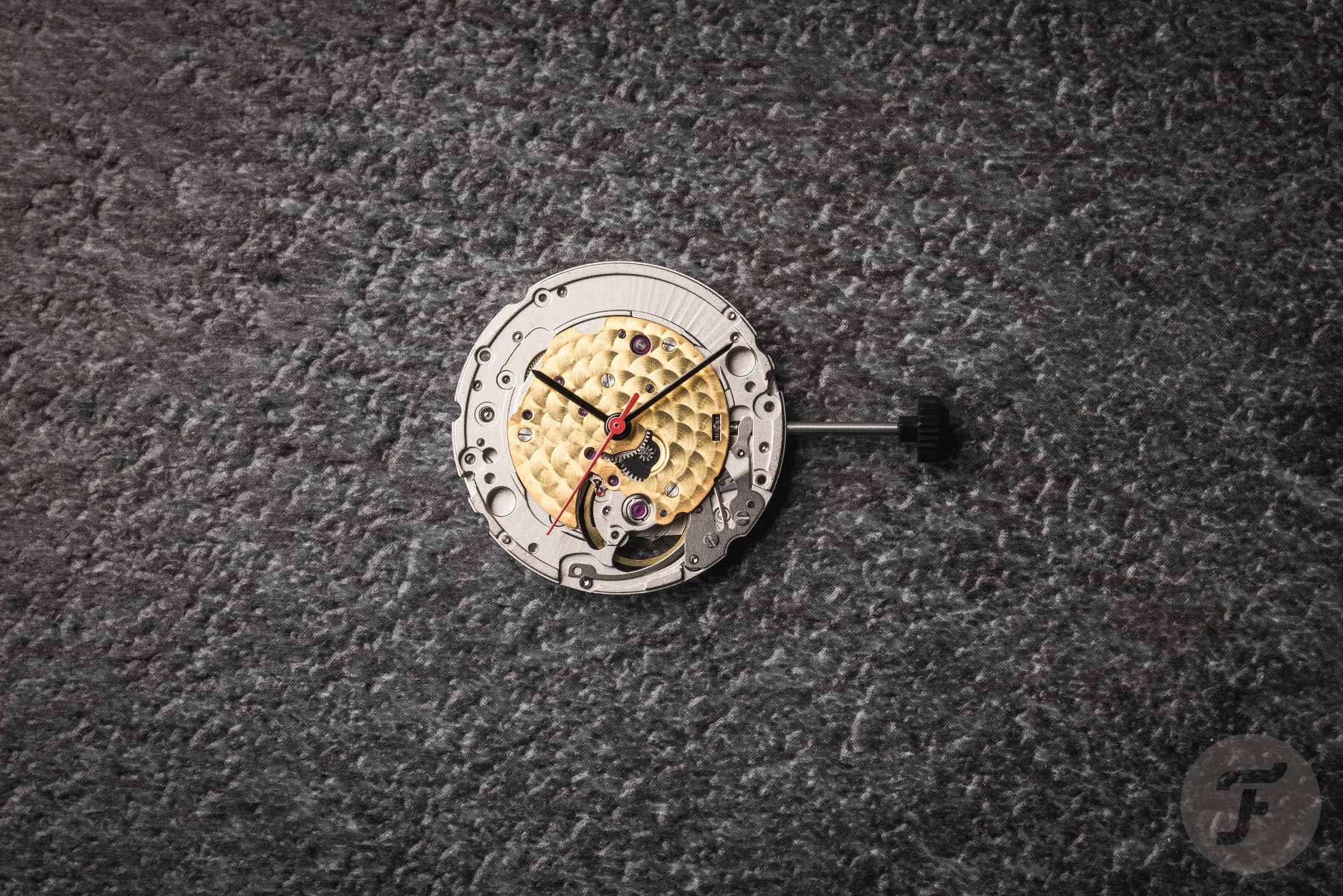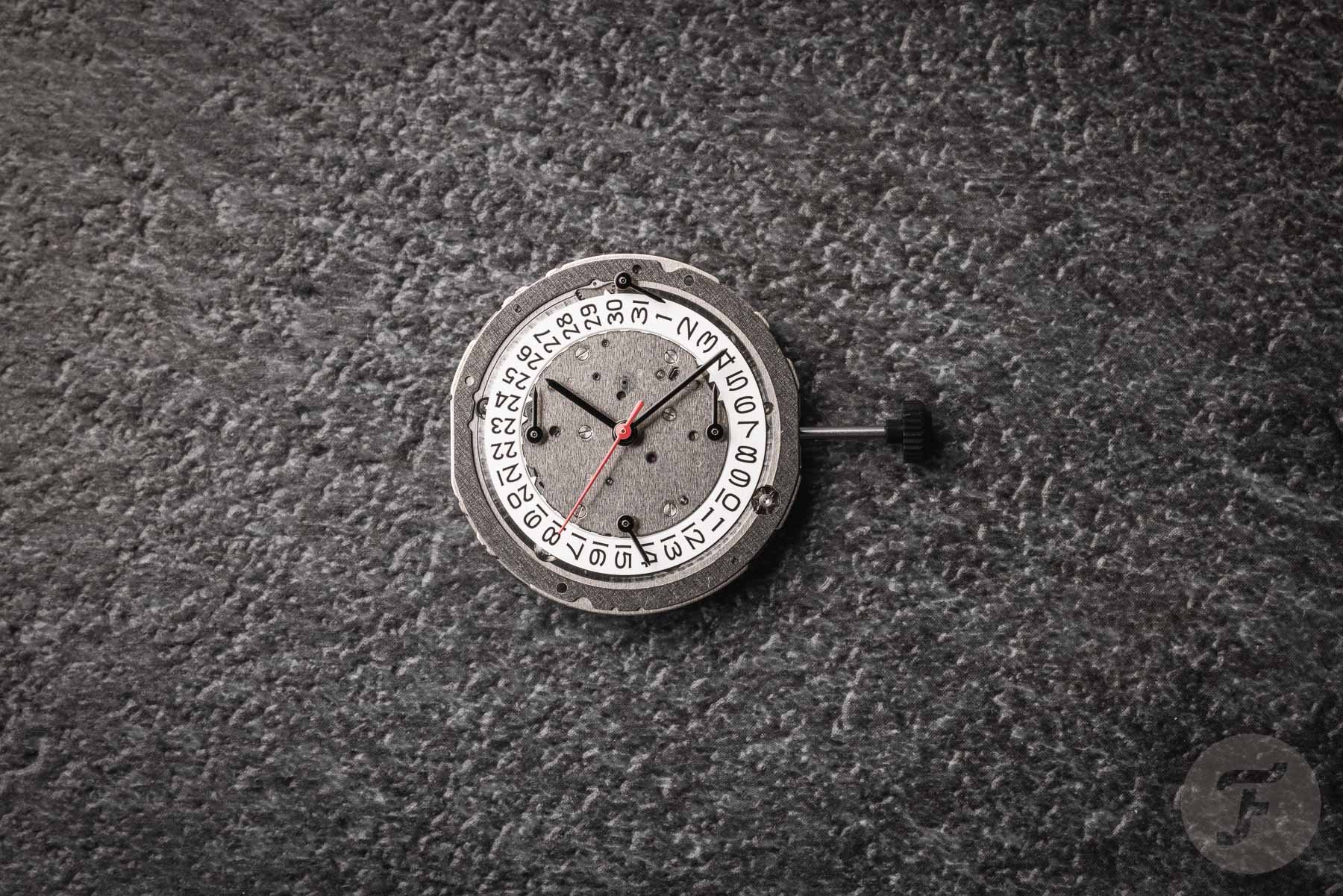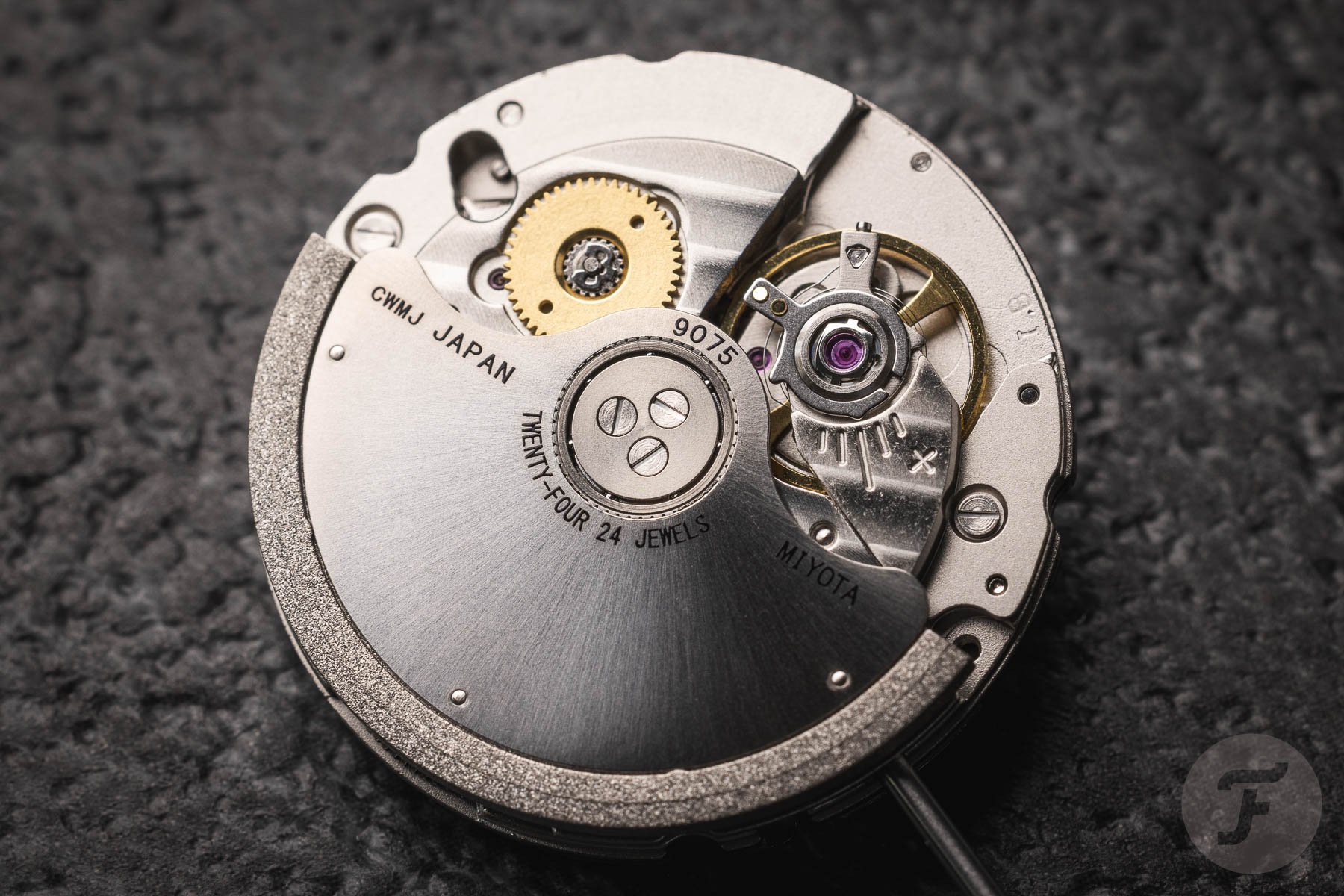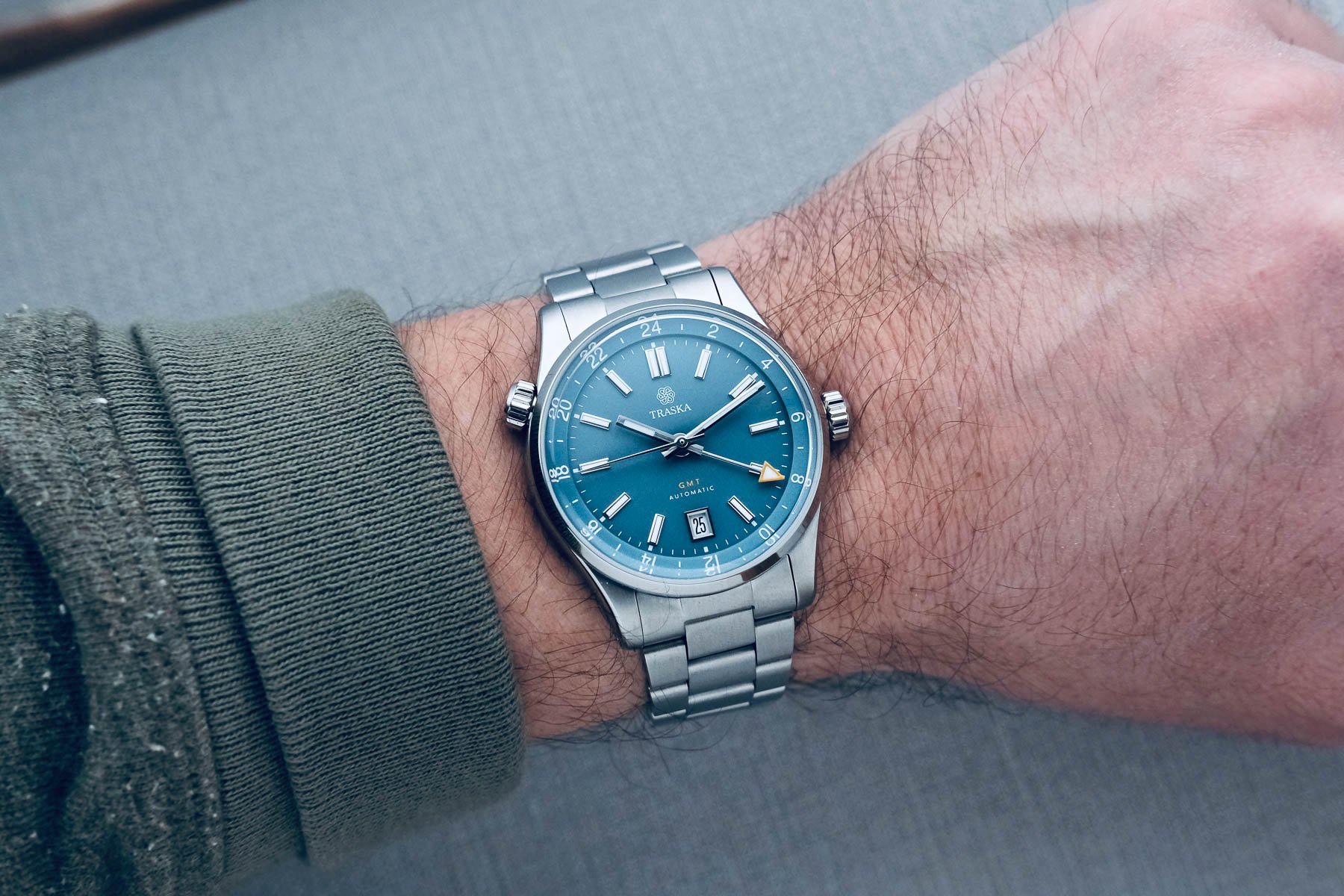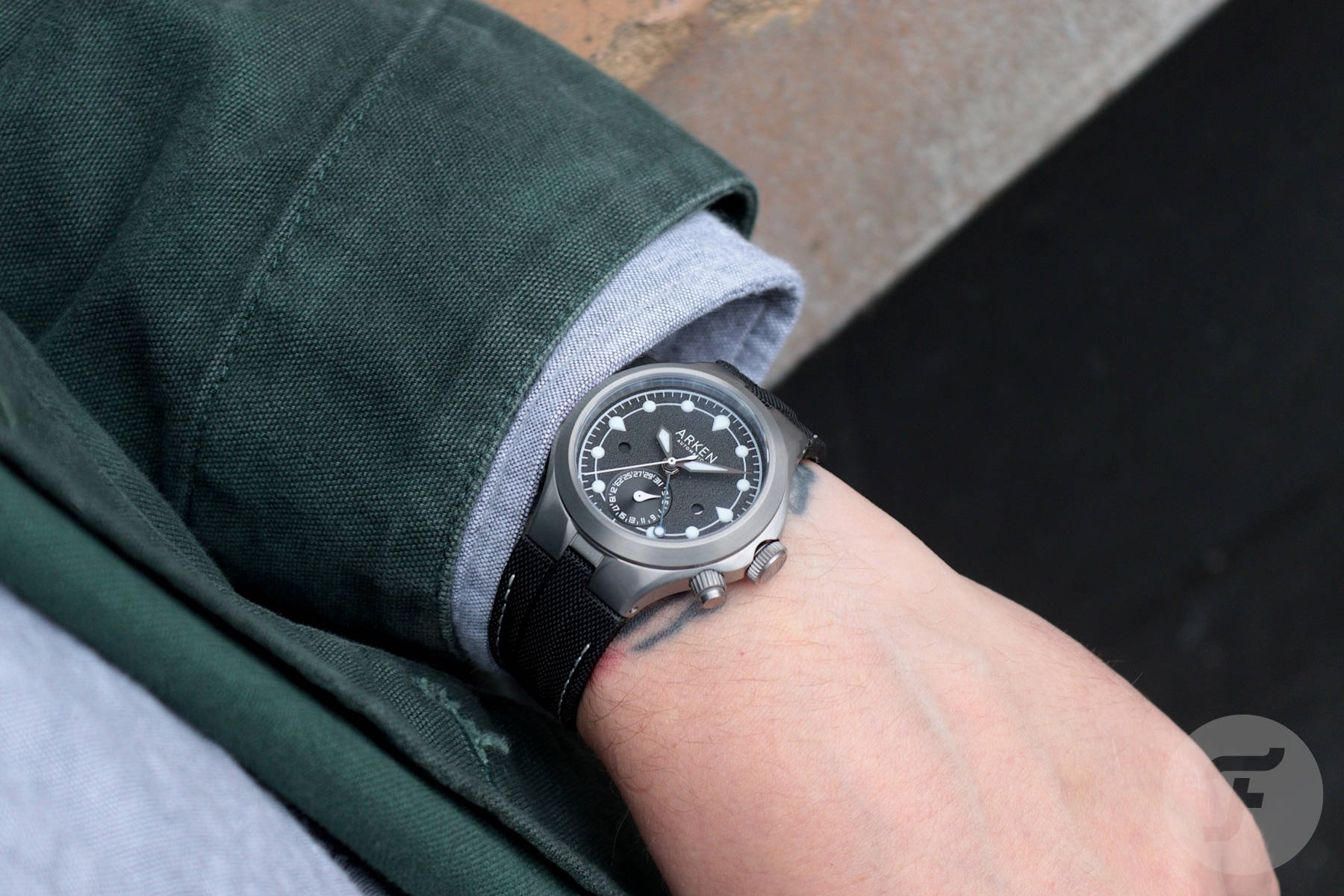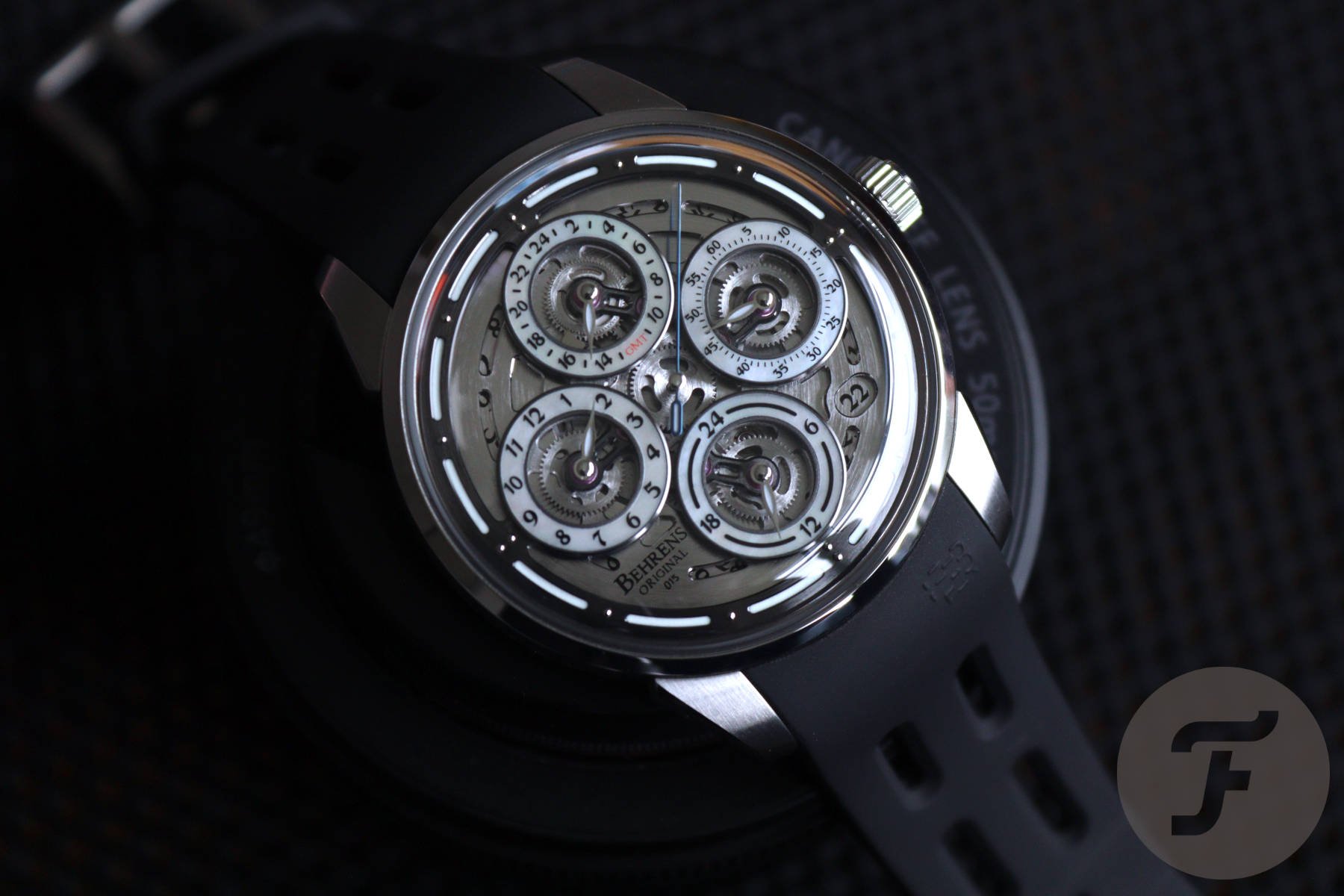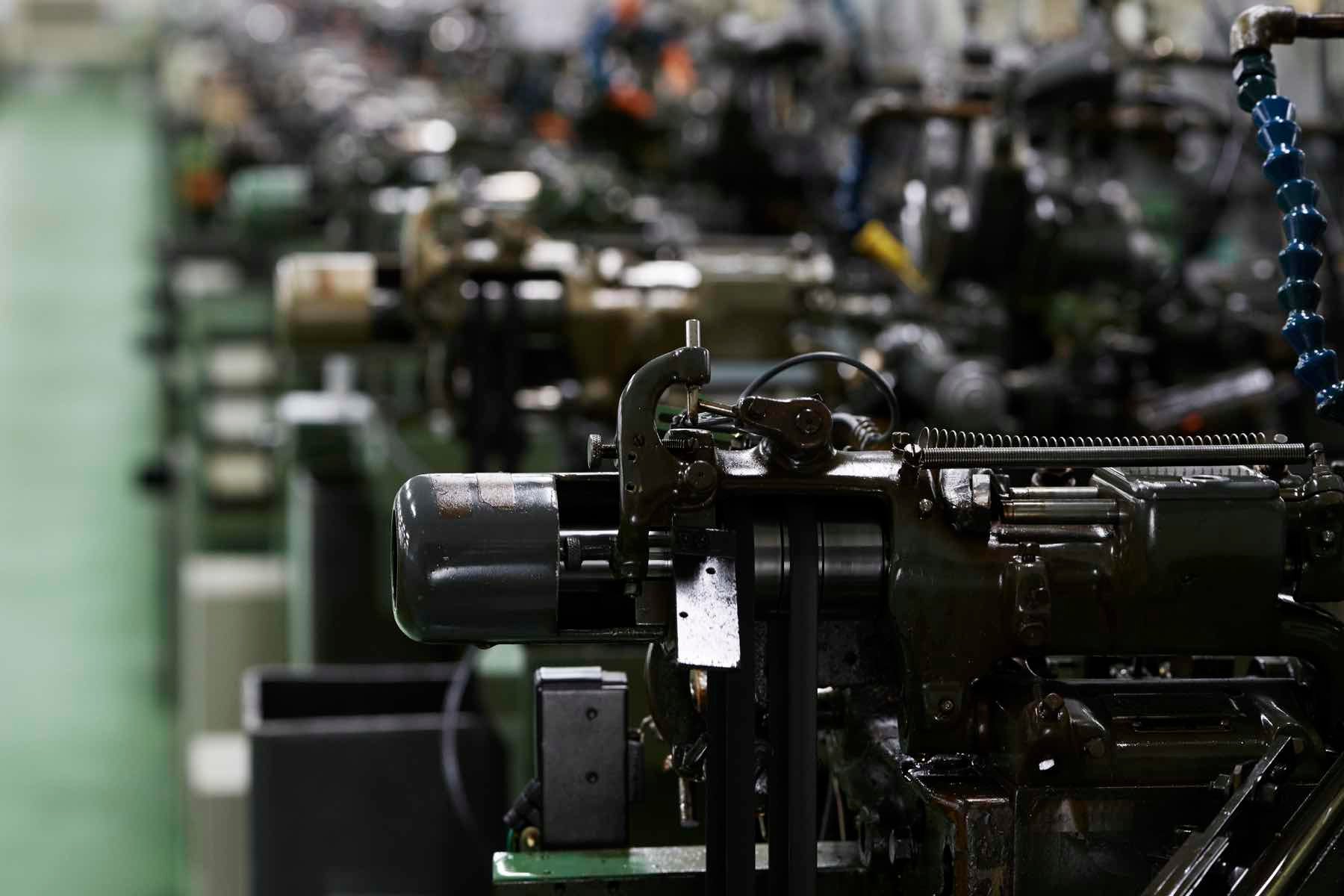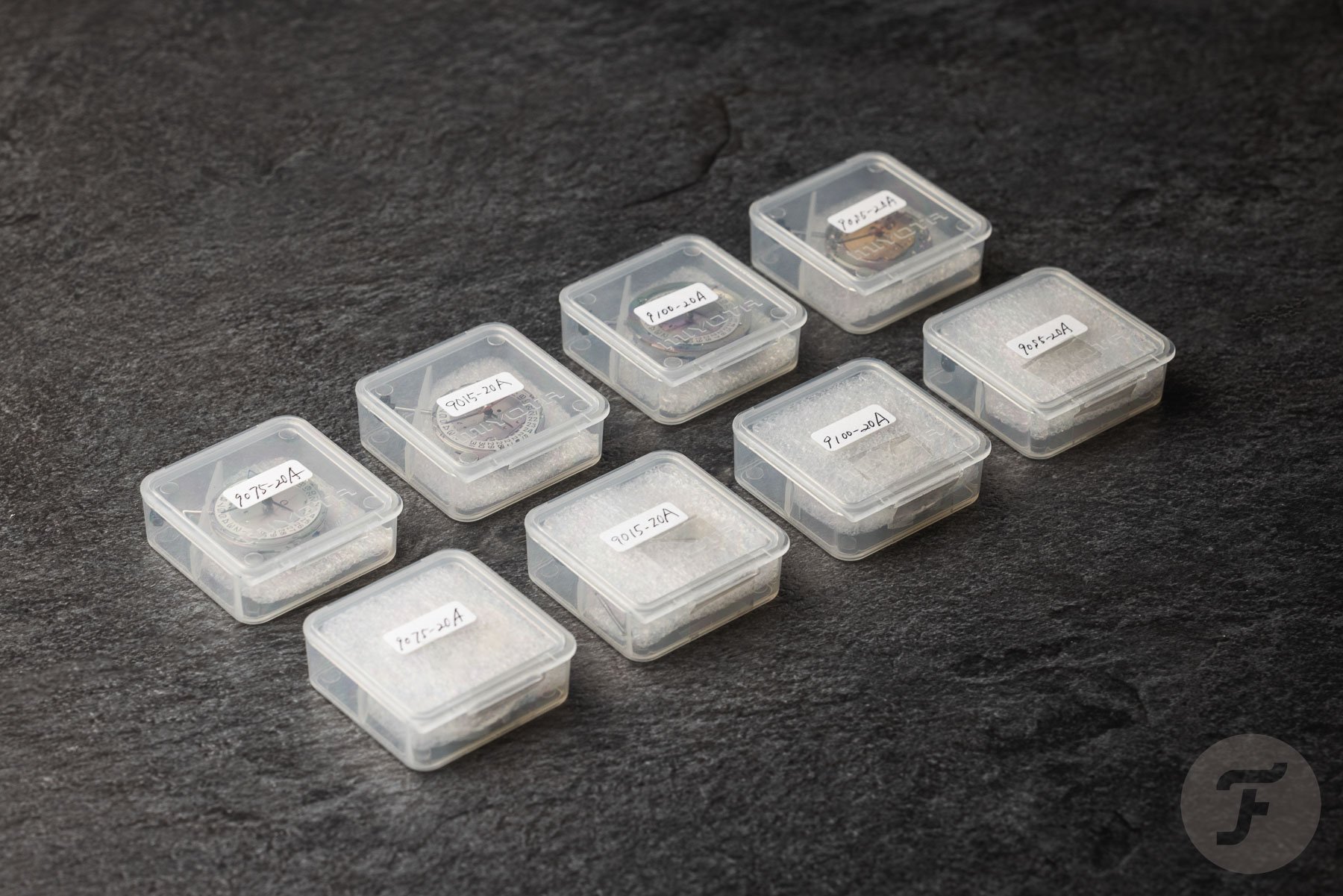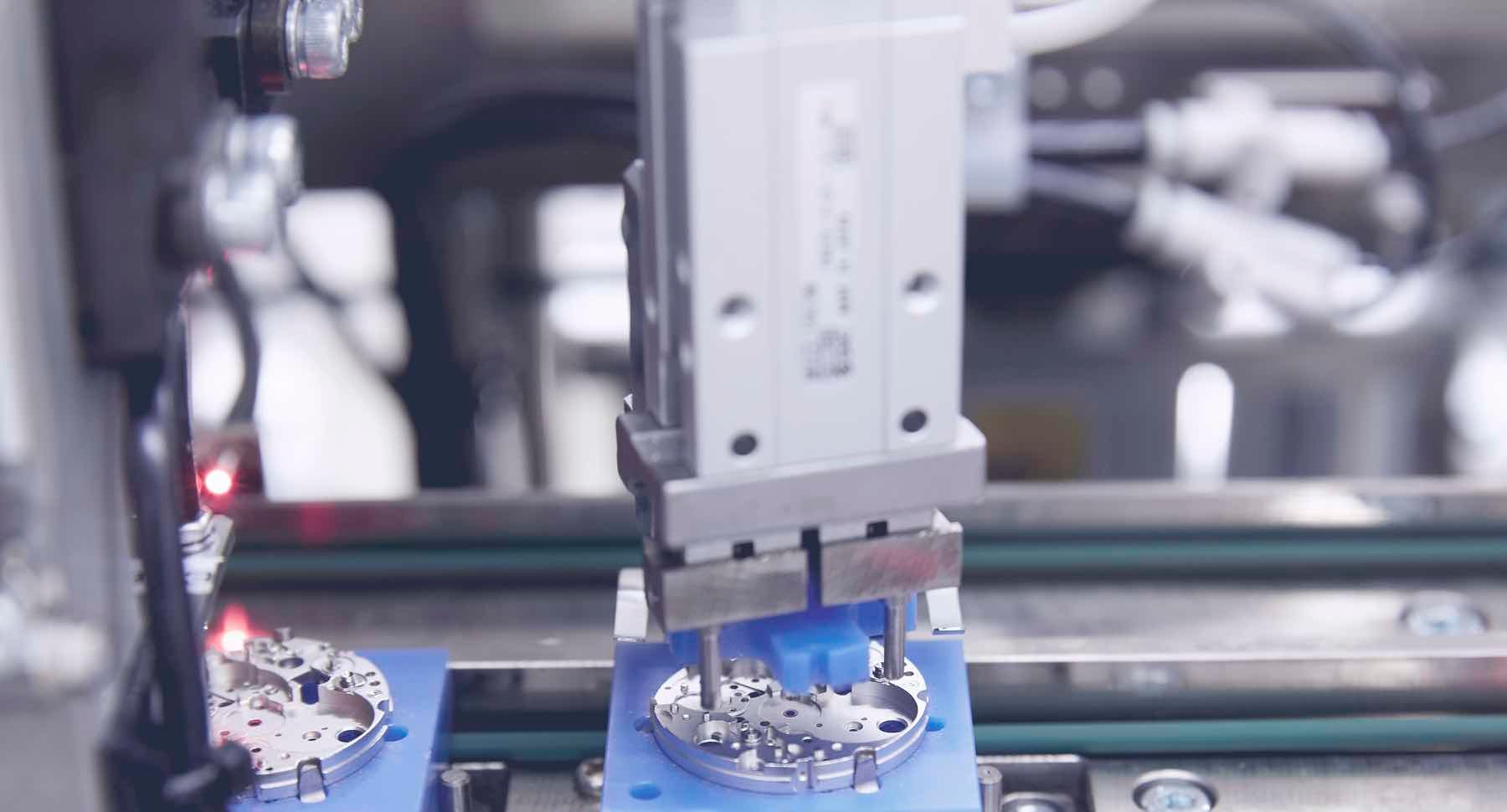A Closer Look At Miyota And Its Movements For Microbrands
Miyota is one of the biggest players in the modern watch movement market. The subsidiary of Citizen is a favorite among microbrands and larger brands alike. With the 9000 series and new customization options, Miyota broadened its scope to higher-end watches. We felt it was about time, then, that we have a closer look at this Japanese movement maker.
If you have recently purchased a watch from Baltic, Nodus, or RZE, chances are you are already wearing a Miyota caliber. And we have a feeling that the list of client watch brands will only get longer very soon.
History of Miyota
Miyota got its name from the town of Miyota in Nagano, central Japan. Citizen built a movement factory in this town back in 1959. It wasn’t until 1980, though, that the brand Miyota was registered as a separate entity. Today, there are several production sites in Japan, so Miyota calibers qualify as “Made in Japan.”
With Miyota focusing on supplying movements to brands outside of Citizen, the company released the quartz caliber 2035 during those early years. This would become the most-produced watch caliber of all time, earning a spot in the Guinness Book of Records. The record was included in the 1991 edition, putting the number sold at 1.7 billion.
The later 8000 series of mechanical movements would prove to be a microbrand favorite. Following that, the 9000 series would add further refinements, expanding the potential clientele further upmarket. Today, Miyota is still part of Citizen and sits beside the Swiss alternative La Joux-Perret under one umbrella. Together, the brands can offer nearly everything that most microbrands could require.
Popular current Miyota calibers: 9015
One of the most popular Miyota calibers is the 9015. This automatic time-and-date movement is characterized by its thinness of 3.9mm. It ticks at 28,800 beats per hour and has a 42-hour power reserve. Naturally, it provides a quick-set date, manual winding, and hacking to complete the feature set. Otherwise, it is primarily very simple and reliable. Accuracy is rated at -10/+30 seconds/day.
You will find the 9015 in, for example, Boldr and Zelos watches. The low-handstack version, caliber 9039, is in the recent Baltic Hermetique and the Aquascaphe, as well as most Traska watches.
Miyota 90S5
Caliber 90S5 has very similar specs, but it omits the date. In exchange, it comes with a cutout in the base plate to expose the balance wheel on the dial side. Additionally, there is a decorated gold-tone plate on the dial side.
The caliber is, therefore, a good choice if a watch brand wants an open-heart aperture on the dial. However, you can also find this movement in the RZE Resolute, for instance, which opts not to use an open-heart window.
Miyota 9100
Miyota makes more complicated calibers too. Caliber 9100, for instance, adds a 24-hour sub-dial at six and a power reserve indicator at 12 o’clock. The date at four-thirty is enriched with a day and a month complication in sub-dials at three and nine.
The traveler’s GMT: Caliber 9075
A big release from 2022 was the GMT caliber 9075. Currently, you can find this movement in the Boldr Oddysey 44 and Traska Venturer, among others.
It is one of the few flyer GMT calibers in the more accessible segment where most are callers. This triggered some jubilation among microbrand aficionados. Competing calibers, such as the Swiss Soprod C125, are most often “caller” GMTs. This means you set the GMT hand independently rather than the main hour hand. If you are traveling across time zones, however, it is more practical to have the 24-hour GMT hand set to home time while you use the independently adjustable 12-hour hand for local time. Admirers of travel watches were happy to see Miyota now offer this functionality in a more accessible price range.
Advanced customization options
Although the regular Miyota catalog of movements covers just about anything brands could need except mechanical chronographs, advanced customization is also available. A great example is the M.A.D.1 MAD Edition by MB&F.
There, a base Miyota 821A caliber is used upside down. It displays time around the case flanks rather than topside. The collaboration allowed MB&F to offer a watch in larger quantities and at a lower price than it usually does.
Another good example is the Arken Alterum. This watch uses a base Miyota 9015 and a unique module with a 12-hour GMT hand and AM/PM indicators on the dial. Additionally, the date now occupies the sub-dial at six. Here, the customizations were executed by third parties.
Behrens shows just how far you can go with a Miyota base caliber. The brand’s NaviGraph features four sub-dials and a central seconds hand, regulator style. There is a sub-dial for the home-time hours, a second one for day/night, and a third for another time zone in a 24-hour format. Lastly, there is the minute hand in a sub-dial at three. All of this is built in a module on top of a base Miyota 9015.
Miyota’s clever positioning and proposition
In my view, one of the keys to Miyota’s success in the microbrand space is its positioning. In particular, the 9000 series occupies a really smart segment. It pairs the solidity often associated with Swiss calibers like the ETA 2824 with a more accessible price. This way, it offers a significant perceived quality step up from quartz or, for example, the automatic Seiko NH35. At the same time, it enables microbrands to maintain very competitive prices.
Another strength is Miyota’s focus on thinness. Most calibers in the 9000 series are well under 4mm thick. That allows microbrands to create nice and slender watches while retaining high water resistance.
Lastly, the scale at which Miyota operates is a big strength. When you buy a sub-€1,500 microbrand watch, it is good to know the movement inside is common and reliable. This way, whatever happens to the brand, you know that you can have the caliber serviced or even swapped.
Embracing microbrands
Although Miyota is part of Citizen and produces for the parent company as well, the manufacturer embraces the microbrand space. That may sound self-explanatory, but it isn’t. Many ébauche movement manufacturers prefer to work with large brands. Small, up-and-coming brands are often turned down or put at the back of the line.
Miyota, on the other hand, happily caters to the fast-growing microbrand market. I can only imagine this complicates matters compared to delivering primarily to established brands. But with new brands popping up constantly and the better ones transitioning into established territory, it may just pay off.
The manufacturer seems to have its ear to the ground, as shown by its focus on thinness and, for instance, the release of the affordable flyer GMT caliber 9075 in 2022. As the big appeal of microbrands is often their proximity to the aficionado community, that alliance is potent.
Closing thoughts
I am curious to see what is next for the Japanese movement manufacturer. Many of Miyota’s clients, I’m sure, would love to see the developers apply their focus on thinness to a chronograph. I could see that being a huge hit. Do you own any Miyota calibers in your watch collection? If so, what is your experience with them? Let us know in the comments below!

